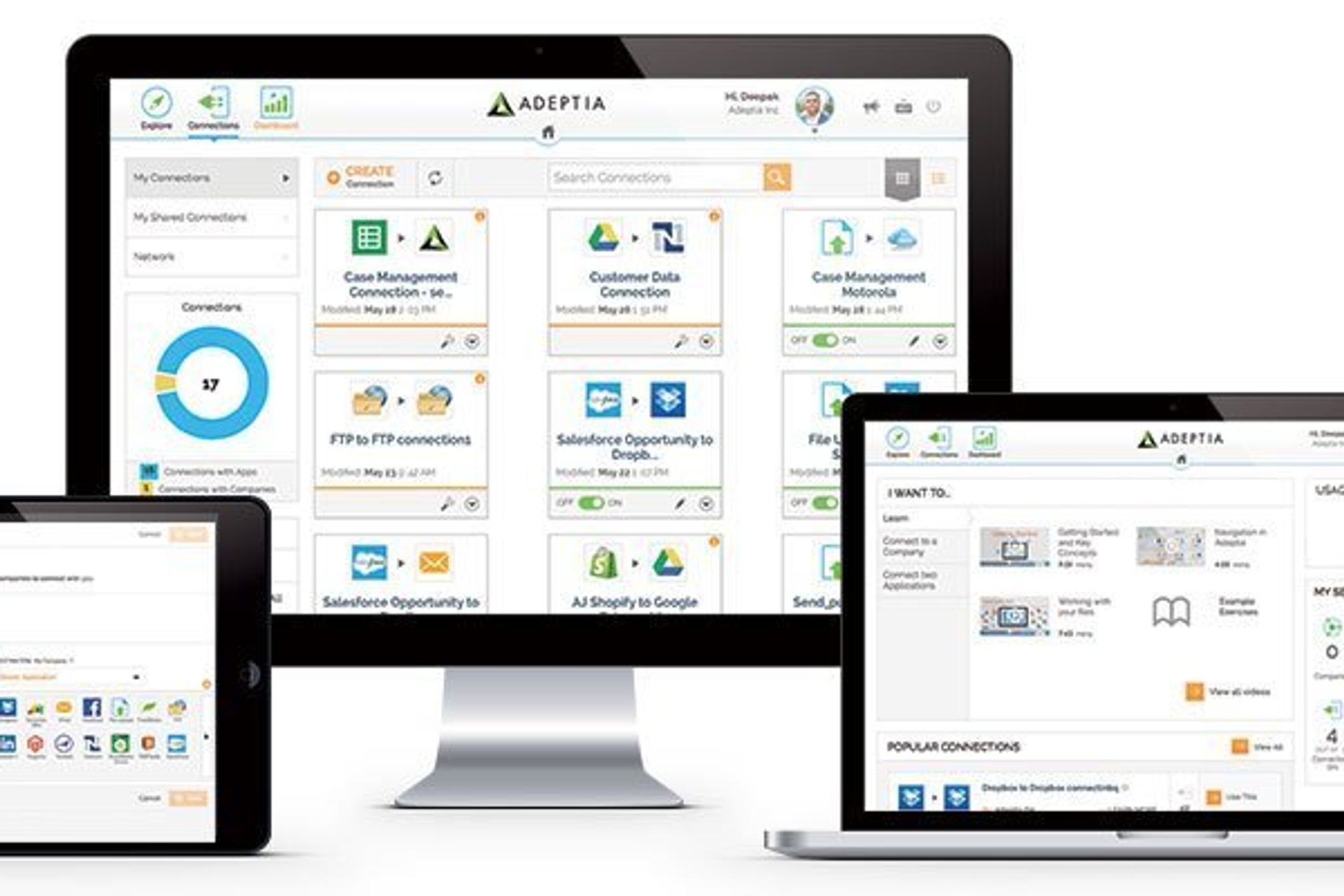Integration Platform as a Service, also known as iPaaS, is believed to hold the promise to align disparate technologies and make them work in tandem, ultimately enabling enterprises to respond faster to technology and business changes. It helps companies deliver the value promised to customers more quickly, thus accelerating revenue and reducing business costs. In addition, an ipaas integration solution minimizes dependency on IT teams for functional activities, such as sales, marketing, and customer service.
However, it is not a silver bullet solution.
Many enterprise iPaaS implementations promise ease of use and connectivity, but they inherently involve a lot of coding to connect APIs. Enterprises find the same old integration problems and fail outright in making the new tech adoption feasible. Next-generation enterprise IT will require a next-generation of integration for system-wide connectivity between any combination of on-premise and cloud applications — an Enterprise Class Data Integration solution.
Why iPaaS Is not the Future of IT Integration
If ease of connectivity and lower operational cost are the focus, then iPaaS data integration solution is not what you are looking for. iPaaS integrations demand constant IT support and lack the cadence to address wider integration needs. Frequent IT intervention is required to maintain APIs that remain constantly in flux. Organizations face dilemmas when they select an iPaaS which is primarily built for Software as a Service (SaaS) based integration projects. Further, iPaaS integration solutions that support complex Application to Application (A2A) and Business to Business (B2B) use cases are very expensive.
The iPaaS market is quite unsettled and many vendors offer solutions that support only cloud-to-cloud integration initiatives. They are not ideal for complex multi-platform data environments that include a multitude of cloud and on-premise applications. Separate licenses and components must be purchased to move legacy data to the cloud environment.
Business to Business (B2B) and Business to Customer (B2C) use cases that require heavy onboarding face tricky operational challenges with iPaaS. The solution is unproven for mission-critical A2A and B2B
projects requiring a complex melding of applications. IT teams at both ends are needed to create data connections between organizations. Business logic needs to be built from scratch for complex B2B projects with unique business requirements.
During this process, a lot of time is wasted in building integrations. Another relevant problem is the scarcity of iPaaS programmers. All these factors significantly increase the cost of iPaaS integration solutions.
Hit the Next Level of Success with Enterprise Class Integration
The future of iPaaS is an enterprise-class integration solution that leverages a low-code approach. It is the right strategy to beat back IT complexity and simplify B2B operations. The solution enables a simple path for introducing new applications & delivery channels, and restructuring or automating processes. On a single interface, business users can take care of all the B2B operations, like billing, improved payroll automation, order management, production, supply chain management, etc.
How an Enterprise Class Integration Solution Supports Next-Generation Integration Needs
An Enterprise Class Integration Solution enables business users to evaluate their unique business and IT needs. It helps users in identifying the systems which need to be integrated for smoother partner data exchange. It automates repetitive processes, marshals data in orders, eliminates IT complexity, and drives down operational overheads, making you easier to do business with and growing revenue.
Unique Features Provided by an Enterprise Class Integration Platform
- Self-Service Integration: Enables non-technical business users to handle the operational load while freeing IT to focus on more strategic business priorities.
- Hub & Spoke Model: A unique model that helps enterprises (hubs) connect better with partners (spokes).
- Trading Partner Management: Simple yet powerful controls for managing all technology integration operations internally and externally.
- Automation: The interface enables non-technical business users to automate manual tasks, monitor running data flows, and generate real-time reports without IT intervention.
- AI-Enabled Data Transformation: Data mapping interface makes data transformation recommendations based on past behavior to speed up the data transformation process.
- B2B Data Exchange Tools: It delivers advanced features for Document Management, Data Schemas and Protocols, Real-Time Batch Triggers, etc., to support complex A2A and B2B scenarios.
Adeptia’s Enterprise Class Integration Solution
Adeptia’s Enterprise Class Integration solution is built just for you if you are searching for a strong, next-generation alternative to iPaaS for diverse A2A and B2B scenarios. Leading enterprises are using this solution to set up a future-ready architecture, respond faster to business and IT needs, and become easier to work with while accelerating revenue.



